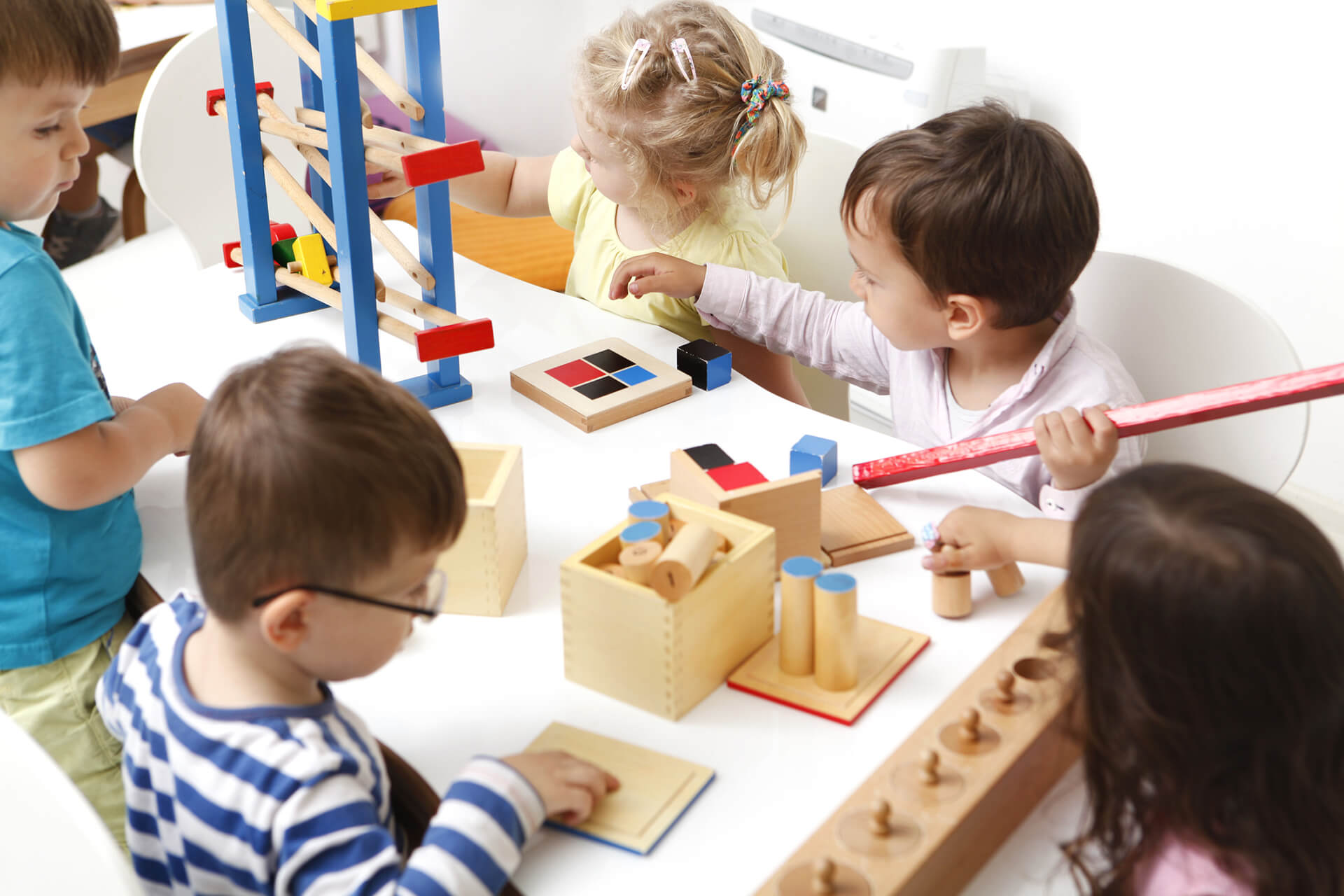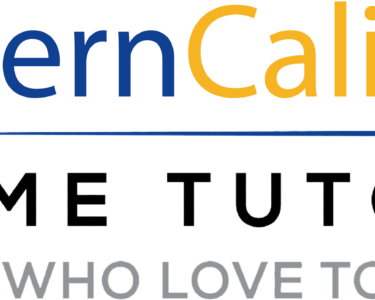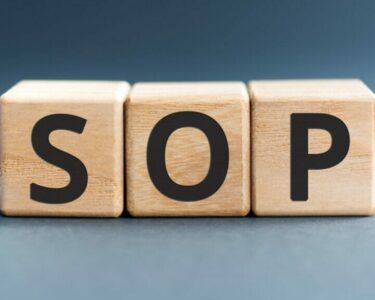Montessori educational materials are specifically designed to foster active learning in children. These materials, which emphasize hands-on, experiential learning, encourage children to explore, discover, and develop skills at their own pace. By incorporating Montessori educational materials into their learning environments, educators can create rich, engaging experiences that resonate with children’s natural curiosity. In this article, we will delve into effective strategies to engage children with these materials, enhancing their learning experience and promoting a love for knowledge.
Understanding the Montessori Method
The Philosophy Behind Montessori Education
The Montessori method, developed by Dr. Maria Montessori, is based on the idea that children learn best when they are allowed to explore their environment. This philosophy emphasizes independence, respect for a child’s natural psychological, physical, and social development, and a child-centered approach. Montessori education recognizes that children are not empty vessels to be filled with knowledge but active participants in their learning journey.
Key Principles of Montessori Education
Montessori education revolves around several key principles, including:
Child-Centered Learning: The learning environment is tailored to the needs and interests of the child, allowing them to choose activities that resonate with them.
Hands-On Learning: Materials are designed for tactile interaction, fostering exploration and discovery through direct experience.
Mixed-Age Classrooms: Children of varying ages learn together, promoting social interaction and mentorship opportunities.
Prepared Environment: The classroom is thoughtfully arranged to encourage independence and exploration.
The Role of Montessori Educational Materials in Active Learning
Characteristics of Montessori Educational Materials
Montessori materials are unique in their design and purpose. They are:
Tactile and Sensory: These materials engage children’s senses, allowing them to learn through touch, sight, sound, and even smell.
Self-Correcting: Many materials are designed to help children recognize and correct their own mistakes, fostering independence and problem-solving skills.
Sequential: Montessori materials are often arranged in a sequence, guiding children from simple to complex concepts.
Open-Ended: Unlike traditional educational tools, Montessori materials encourage creative and critical thinking, allowing children to explore multiple outcomes.
Importance of Active Learning
Active learning is crucial for children’s cognitive, emotional, and social development. When children engage with Montessori materials, they become active participants in their learning, leading to:
Deeper Understanding: Children can explore concepts more thoroughly, promoting critical thinking and comprehension.
Increased Motivation: Hands-on activities spark children’s curiosity and interest, making learning enjoyable.
Enhanced Retention: Engaging with materials helps children retain information more effectively than passive learning methods.
Strategies to Engage Children with Montessori Educational Materials
Create a Prepared Environment
Organizing the Learning Space
A well-organized learning environment is essential for effective engagement. Here are some tips for creating a prepared space:
Accessibility: Arrange materials within the child’s reach to promote independence. Use low shelves and transparent containers for easy access.
Defined Learning Areas: Designate specific areas for different activities, such as art, science, and reading, to help children focus.
Calming Atmosphere: Maintain a peaceful and inviting environment with natural light, plants, and minimal distractions.
Rotate Materials Regularly
To keep children engaged, regularly rotate Montessori materials. Introducing new items can spark curiosity and motivate children to explore new concepts. Consider seasonal themes or specific learning objectives to guide your rotations.
Encourage Exploration and Independence
Foster a Sense of Ownership
Encourage children to take ownership of their learning by allowing them to choose their activities. This autonomy fosters motivation and engagement. Offer guidance as needed, but allow them to make decisions about their learning journey.
Promote Self-Discovery
Encourage children to explore materials at their own pace. Instead of providing answers or directions, ask open-ended questions that prompt critical thinking. For example, rather than explaining how to use a particular material, ask, “What do you think this does?” This approach nurtures curiosity and promotes independent learning.
Incorporate Real-Life Experiences
Connect Learning to Everyday Life
Integrating real-life experiences into the learning process helps children see the relevance of their education. Use Montessori materials to explore practical life skills, such as cooking, gardening, or budgeting. This approach not only engages children but also teaches valuable life skills.
Field Trips and Community Involvement
Organize field trips to local museums, farms, or community centers where children can interact with their environment. These experiences enrich their understanding and provide context for the concepts they explore with Montessori materials.
Facilitate Collaborative Learning
Encourage Group Activities
Montessori education promotes social interaction among peers. Encourage collaborative learning experiences by organizing group activities that require teamwork. For example, children can work together to build a structure using blocks or conduct a science experiment. This fosters communication, cooperation, and problem-solving skills.
Peer Teaching
Allow children to teach each other using Montessori materials. This not only reinforces their understanding but also builds confidence and leadership skills. Peer teaching encourages children to articulate their thoughts and explanations, deepening their comprehension.
Assessing Engagement and Progress
Observational Assessment
Regularly observe children as they engage with Montessori educational materials. Take notes on their interests, interactions, and problem-solving strategies. Observational assessment provides valuable insights into their learning styles and progress.
Create Learning Portfolios
Develop individual learning portfolios for each child, showcasing their work and progress with Montessori materials. Include photographs, samples of their work, and reflections on their learning experiences. These portfolios serve as a tool for both assessment and celebration of their achievements.
Set Goals and Encourage Reflection
Work with children to set personal learning goals related to their engagement with Montessori materials. Encourage them to reflect on their experiences regularly, discussing what they learned, what they enjoyed, and what challenges they faced. This reflection promotes metacognition and helps children take ownership of their learning.
Supporting Parents and Caregivers
Involve Parents in the Learning Process
Encourage parents and caregivers to engage with Montessori educational materials at home. Provide resources, such as guides or workshops, to help them understand how to incorporate Montessori principles into daily life. Involving families in the learning process strengthens the connection between home and school.
Create a Home Learning Environment
Share tips on creating a Montessori-inspired learning environment at home. Recommend affordable materials, simple activities, and strategies for fostering independence. By extending Montessori principles into the home, parents can support their child’s active learning journey.
Communicate Progress and Achievements
Regularly communicate with parents about their child’s engagement with Montessori materials. Share observations, milestones, and successes to celebrate their progress. Open communication fosters a supportive community and encourages parental involvement.
Conclusion
Engaging children with Montessori educational materials for active learning requires a thoughtful and intentional approach. By creating a prepared environment, encouraging exploration, incorporating real-life experiences, and fostering collaboration, educators and caregivers can inspire a love for learning in children. The principles of Montessori education empower children to become active participants in their learning journey, ultimately shaping confident, independent thinkers. As we embrace the power of Montessori materials, we open the door to endless possibilities for children’s growth and development.
Here you can see more Articles.







